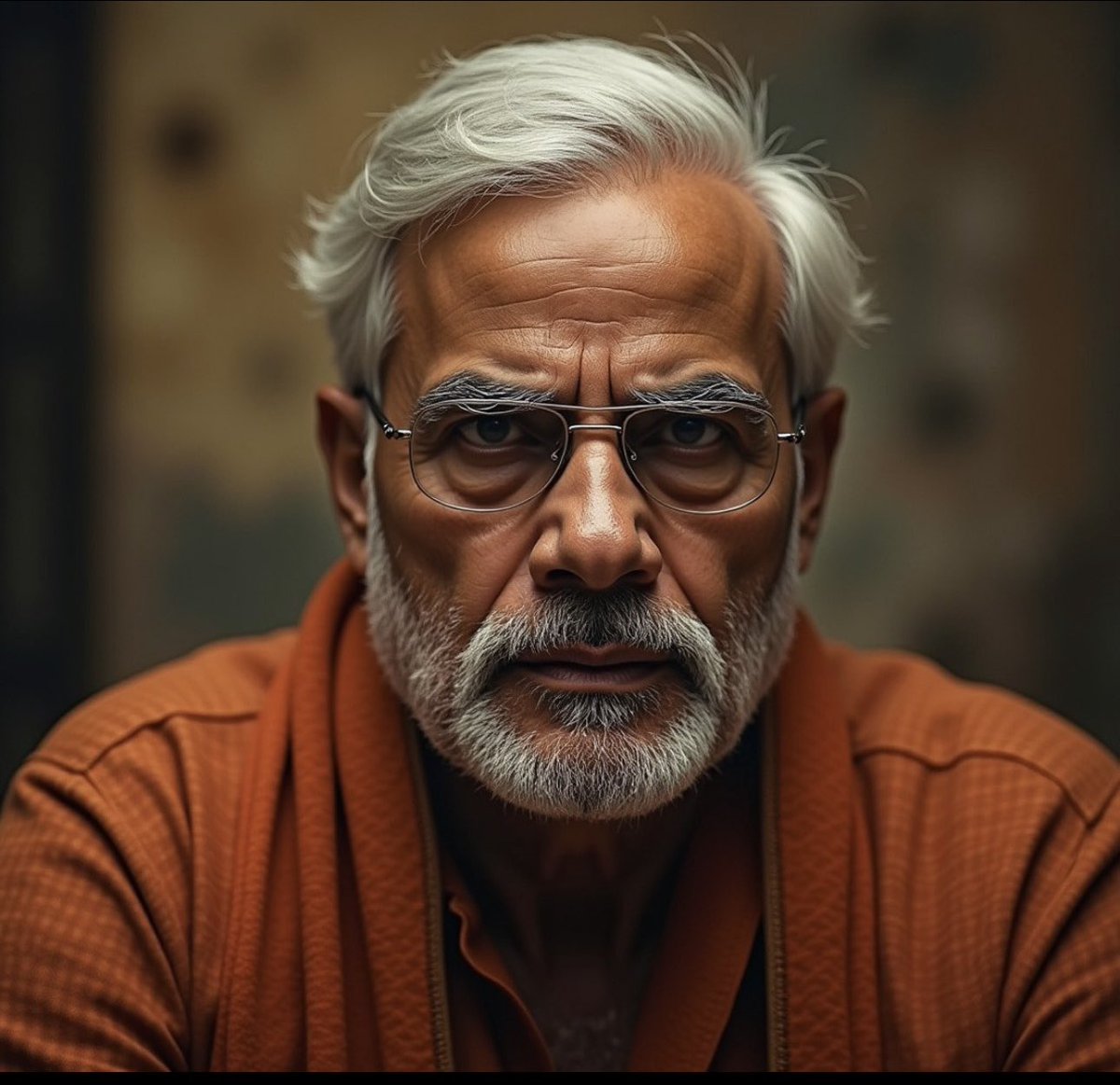Trump's Sanctions On Russia To Impact India's Oil Trade?
Union Minister Hardeep Puri Explains
India's Union Minister of Petroleum and Natural Gas, Hardeep Singh Puri, speaks with Palki Sharma about India's mega oil plan. Can US President Donald Trump's sanctions against Russia impact India's oil trade with Moscow? Union Minister Hardeep Puri says even though India's oil purchase from Russia has increased, it has also diversified its sources of oil. The Minister also details how around 16% of growth in the global energy market has come from India and how it could go up to 25% in the next two decades. Union Minister Hardeep Puri reiterates India's stance, saying it will buy oil from wherever it has to, as its commitment is to the Indian consumer.
Union Minister Hardeep Puri Explains
India's Union Minister of Petroleum and Natural Gas, Hardeep Singh Puri, speaks with Palki Sharma about India's mega oil plan. Can US President Donald Trump's sanctions against Russia impact India's oil trade with Moscow? Union Minister Hardeep Puri says even though India's oil purchase from Russia has increased, it has also diversified its sources of oil. The Minister also details how around 16% of growth in the global energy market has come from India and how it could go up to 25% in the next two decades. Union Minister Hardeep Puri reiterates India's stance, saying it will buy oil from wherever it has to, as its commitment is to the Indian consumer.
Andaman Oil Discovery Could Be Guyana-Type Find?
Hardeep Singh Puri Explains
Hardeep Singh Puri, speaks with Palki Sharma about India's mega oil plan, calling it a historic pivot in energy exploration. In an interview, he outlines why the country is opening up 1 million km² for oil exploration, its largest ever and how outdated policies, legacy contracts, and no-go zones had stifled progress for years. Backed by a new, modernised oil law, India is now offering investor-friendly terms, long-term CMD tenures, and global partnerships. From Petrobras to BP, major players are showing interest. Puri says this is about self-reliance, and India must persist, explore, and extract.
Hardeep Singh Puri Explains
Hardeep Singh Puri, speaks with Palki Sharma about India's mega oil plan, calling it a historic pivot in energy exploration. In an interview, he outlines why the country is opening up 1 million km² for oil exploration, its largest ever and how outdated policies, legacy contracts, and no-go zones had stifled progress for years. Backed by a new, modernised oil law, India is now offering investor-friendly terms, long-term CMD tenures, and global partnerships. From Petrobras to BP, major players are showing interest. Puri says this is about self-reliance, and India must persist, explore, and extract.
States Can Transform With Oil & Energy Discovery
Hardeep Singh Puri, speaks with Palki Sharma about India's mega oil plan. He explains how oil and gas discoveries can transform the economy of the states. He highlights the importance of states in India’s energy landscape and adds that India is winning big in green hydrogen tenders. The minister also highlights the states’ missed opportunities in energy investments.
Hardeep Singh Puri, speaks with Palki Sharma about India's mega oil plan. He explains how oil and gas discoveries can transform the economy of the states. He highlights the importance of states in India’s energy landscape and adds that India is winning big in green hydrogen tenders. The minister also highlights the states’ missed opportunities in energy investments.
How AI is Impacting India's Oil Exploration?
Hardeep Singh Puri, speaks with Palki Sharma about AI's impact on oil exploration. Union Minister Puri says that AI is being used in oil exploration and refinery operations. He adds that though he is not sure as to what extent AI has helped in averting problems, it is a helpful trend. The Minister also details how an internal study conducted by the petroleum ministry and oil companies revealed the impressive extent to which AI is being used in the oil industry.
Credit : First Post/Palki Sharma.
Hardeep Singh Puri, speaks with Palki Sharma about AI's impact on oil exploration. Union Minister Puri says that AI is being used in oil exploration and refinery operations. He adds that though he is not sure as to what extent AI has helped in averting problems, it is a helpful trend. The Minister also details how an internal study conducted by the petroleum ministry and oil companies revealed the impressive extent to which AI is being used in the oil industry.
Credit : First Post/Palki Sharma.
Link to the full video :
• • •
Missing some Tweet in this thread? You can try to
force a refresh













